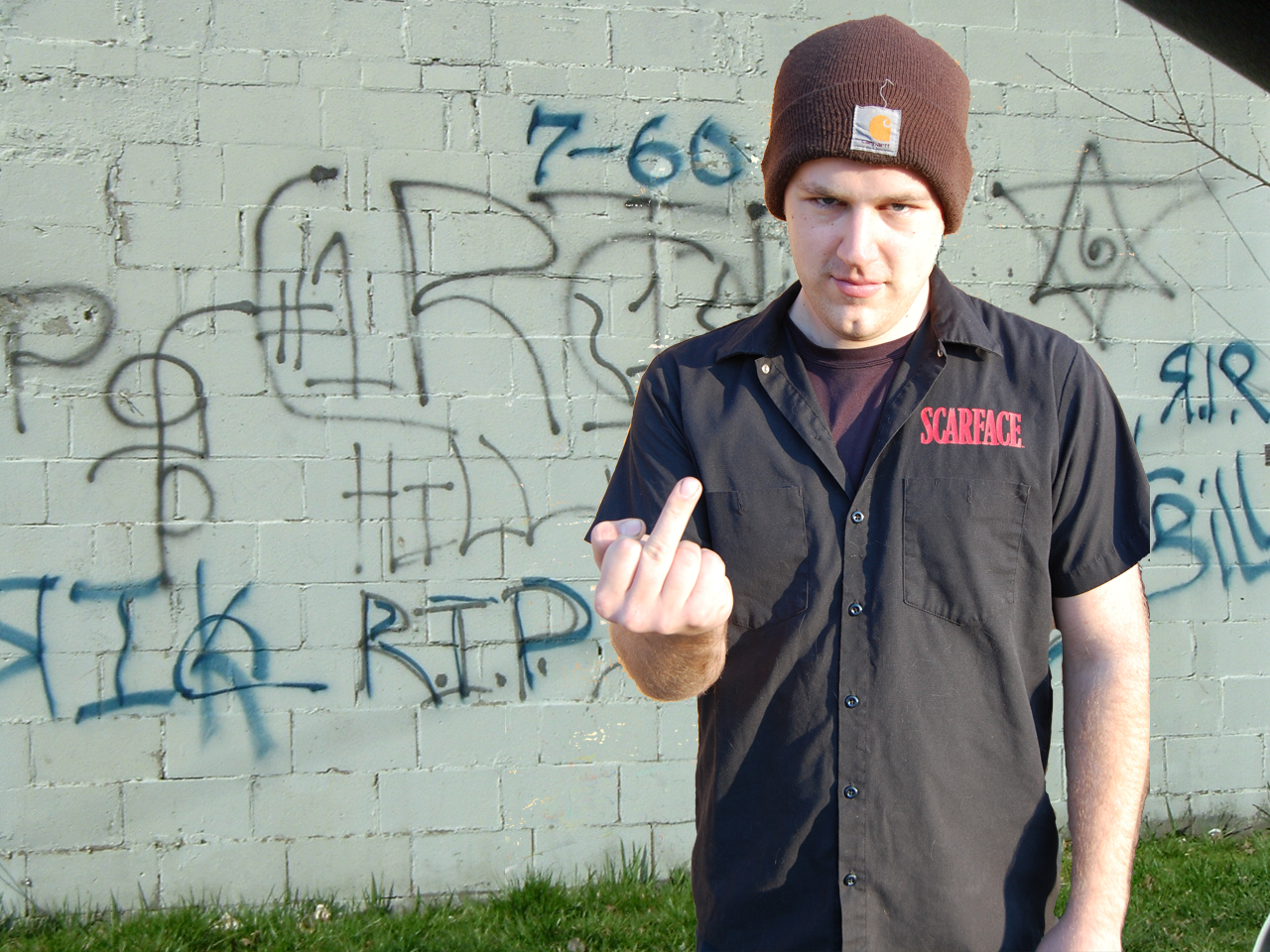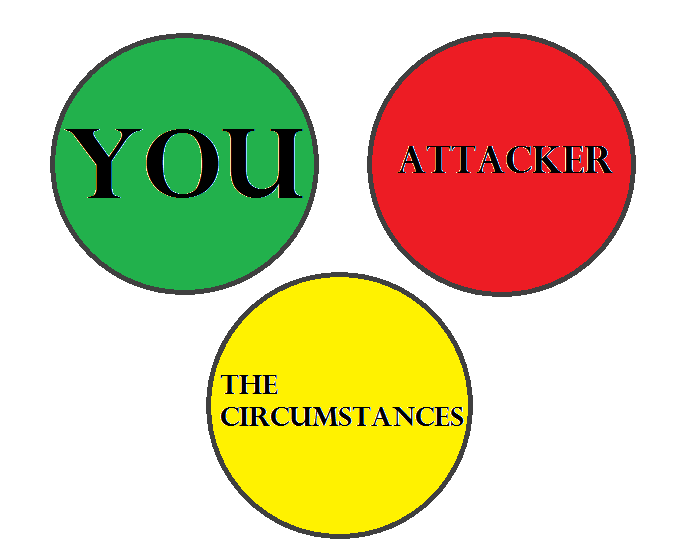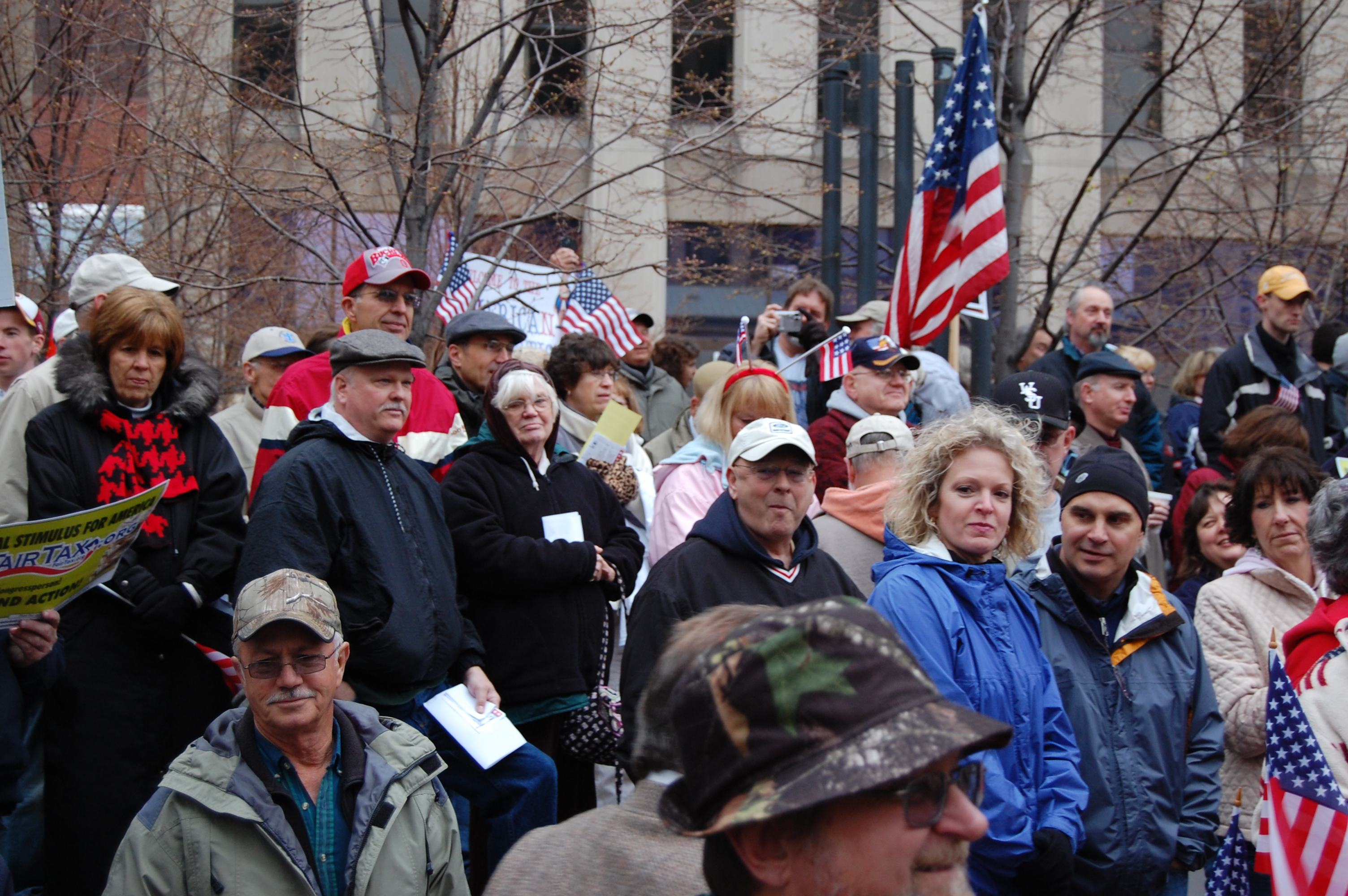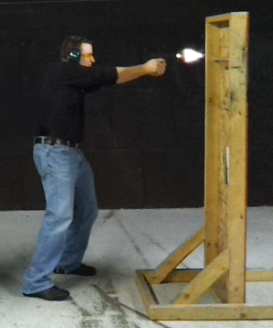1. Don’t Get Into a Situation Where You May Be Shot.
This is not always possible, but it is possible for many situations. There are three elements to being at the wrong place at the wrong time. The chart shows the mix of these elements and how to avoid being “there.” Those elements are You, the Circumstances, and the Attacker.Be careful, little feet, where you go.
There are many things we cannot control in life. But often we can control where we go and when we go there. I have investigated and supervised hundreds of shooting investigations. A large number of these violent assaults could have been avoided by people not going to places where they had no business going.
Many people get shot because they were doing things they should not be doing at places where they should not go. Exercise common sense. Do not engage in illegal or immoral activities and then be surprised if someone tries to victimize you.
Be careful, little mouth, what you say.
Many times people who carry guns think the gun acts as a magic talisman protecting them from evil. As a result, they get the civilian version of being badge heavy:
They are quick to run off at the mouth or try to push their way around. This causes conflict. If you are armed, every conflict you are in is an armed conflict! You know there is at least one gun there. It is highly possible that the gun will be taken away and used against you. It happens to trained police officers with Level III security holsters on heavy gun belts on a tragically common basis.
Follow the old adage, “An armed society is a polite society.” Follow up with the next adage, “Be polite to everyone you meet and have a plan to kill them if necessary.” Politeness is not a sign of weakness.

All three elements must come together to place you in danger. Remove any one of these elements and there is no danger.
Element 2: The Circumstances
Generally speaking, these are the physical surroundings you find yourself in. This overlaps what I said earlier: Be careful where you go. Don’t go to buy drugs or pick up prostitutes and think you are going to be unmolested.If you have to go someplace that is questionable, pick the time to go there. Conduct legitimate business during legitimate business hours, which generally means while the sun is up. The phrase, “Nothing good happens after midnight” is usually true. Crimes do happen at all times of the day, but the majority of serious assaults occur at night.
Having said that, you still need to be aware of your surroundings at all times, day and night. Situational awareness is no more a magic talisman than having a gun on your hip—but it will help prevent you being victimized.

Avoid violent people at all costs. Avoid the fight in the first place. Do not let angry people in your life.
Element 3: The Attacker
This is the tricky part. As a rule, you cannot control the movements of other people. You cannot identify a criminal by the way he looks, or a rapist solely by the way he acts. Don’t let angry and dangerous people into your life. Exercise common sense about the people you let into your home.Do not let political correctness put you in danger. If someone makes you feel uncomfortable, for whatever reason, get away from them. Follow your instincts. Do not get into elevators or go into dark parking garages with people if you feel unsafe. Maybe you will hurt their feelings. So what?!
2. Run Away!
Run away, run away, live to fight another day. Run, if the tactical situation permits. If you are by yourself and can get out without being hurt, then leave. You may be in a situation where turning to run will just get you shot in the back. If that is the case, you may have to stay and fight. You may have loved ones who cannot escape. You may have to stay and fight. Every scenario is different and the tactical response has to be different. Leave if you can. Fight if you must.3. Be Armed
You may be in a situation where you must fight. You may have to defend your family. There may not be any place to run to. Have the proper equipment on hand to defend yourself legally. Carry a good-quality defensive firearm.4. Be Ready: Train for a Gunfight
Jeff Cooper said it best: “Owning a handgun doesn’t make you armed any more than owning a guitar makes you a musician.” You must train with your defensive firearm. Go to quality trainers with experience. Design your own training program to fit your lifestyle needs.5. Shoot First and End the Fight Quickly
Nothing keeps you from getting shot better than shooting the attacker first and ending the fight! Quick, accurate fire is a great defense. The best defense is a good offense.I tell my law enforcement students that the more quickly you stop the attacker, the fewer times you will be shot. It is true. With good training and practice, you will have the firearms skills to deliver quick and accurate fire. Make sure you know when you can use deadly force. You must Know The Law for the state you live in. Be certain you know when you can use deadly force, so you do not hesitate if that moment comes.
6.Look Around
We call this “scanning” in law enforcement training. Look around to see if there are any more threats. Is there more than one attacker?Tunnel vision is one of the effects of combat stress, which affects different people in different ways and may not affect some people at all. Tunnel vision, auditory exclusion, and the loss of fine motor skills are commonly experienced during a gunfight. Tunnel vision may cause your vision to squeeze down into a small tunnel and focus on your immediate threat. I experienced this when my vision focused almost completely on the gun in the hand of the attacker shooting at me. I literally saw nothing but the gun and his hand a few seconds into the gunfight.
I train students to scan immediately after firing to check for additional threats. Scanning breaks the tunnel vision and gives you the tactical advantage of knowing your surroundings. Now you can look for cover if you are caught in the open. You can engage additional threats immediately if you need to do that before moving to cover. Scanning gives you the tactical information you need and stops the tunnel vision.
7. Move!
Movement may keep you from getting hit in a gunfight. It can also get you to cover, give you time to react, or get you out of the fight completely. Rob Pincus demonstrates the basics of movement in a gunfight in this short video.Criminals expect people to freeze up when they attack. Moving will surprise the attacker, allow you to respond, and maybe let you escape. But you must train to move during a fight or you likely will freeze up.
8. Use Cover and Concealment
Find things that stop bullets from hitting you. Cover and concealment are not necessarily one and the same. Cover stops incoming rounds from hitting you. Concealment keeps you from being seen. Bullet-resistant glass stops most types of gunfire, but you can still be seen. This is cover, but not concealment. Hiding behind a heavy curtain or drapes that fully cover your body is concealment, but will not stop incoming rounds. A large brick wall can stop bullets and prevent you from being seen by the attacker. Know the difference between cover and concealment and use them appropriately.9. Move Some More!
Don’t stay in one place in a gunfight. Shoot and scoot. Shoot if you have to and move from that location if you can move safely. If you fire from behind cover like a brick wall and cannot move, don’t shoot or look out again from the same place.10. Shoot Him Again!
Very few gunfights end with the first shot. If the attacker still presents a deadly threat, shoot him again! He may not be out of the fight even if you have delivered accurate and deadly fire. The suspects in the 1986 Miami FBI shootout were hit multiple times before they were killed: William Matix was hit six times before he died. Michael Platt was hit 12 times by FBI agents before he was killed.Know the law, have the skills to deliver accurate and fast fire, have the common sense to avoid bad situations, and get out of Dodge when you can.





Good info. Thank you.
Good article, working as a PI this is good info to keep in mind.
Lt. Williams, I would like to ask you some basic questions about a gun fight using several different handguns and hunting rifles. Oddly enough, it's for an Environmental Biology class I'm teaching and I need to find a way to model a battle between two groups. Unfortunately, I know virtually nothing about guns and shooting and what it takes to actually hit a target... Could I contact you through email with a few questions?
I belong to the NRA. I have all of the PDN vidioes sold by them. They all are very well done. First time on the website. Will definitely be back.
Great information. Thank you..........